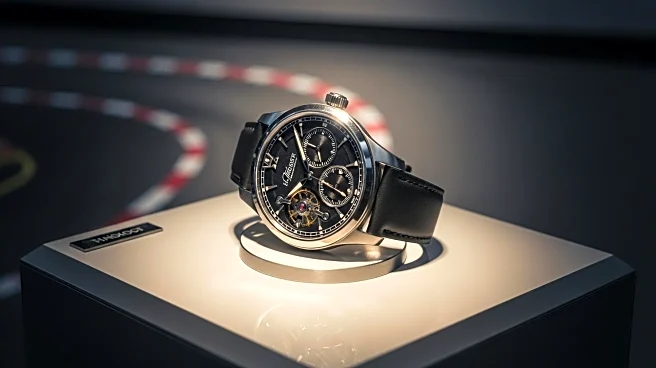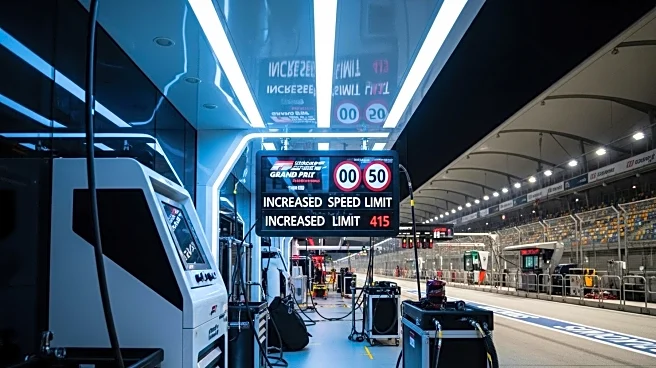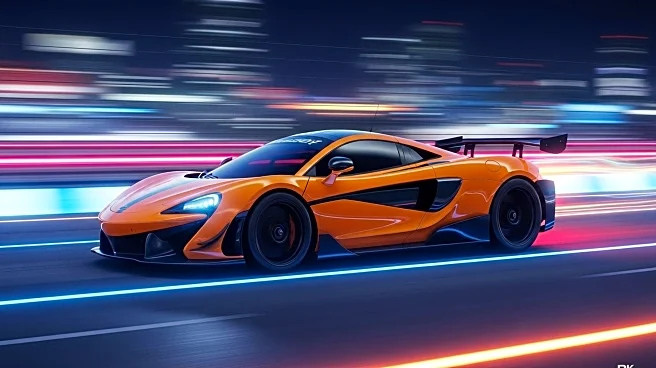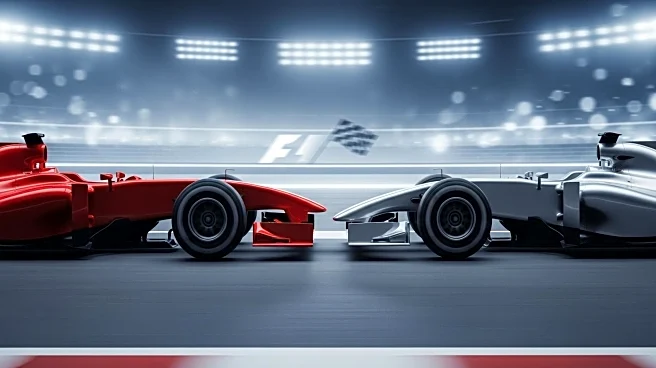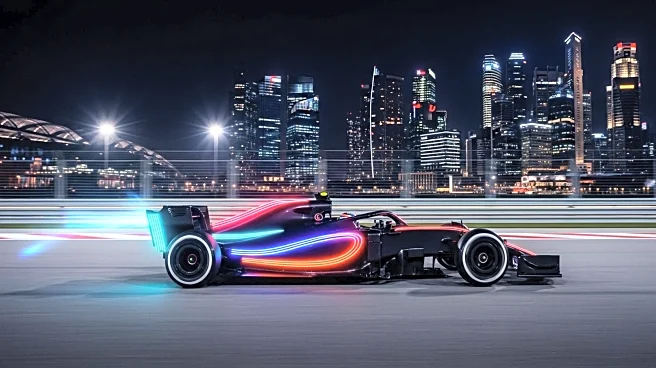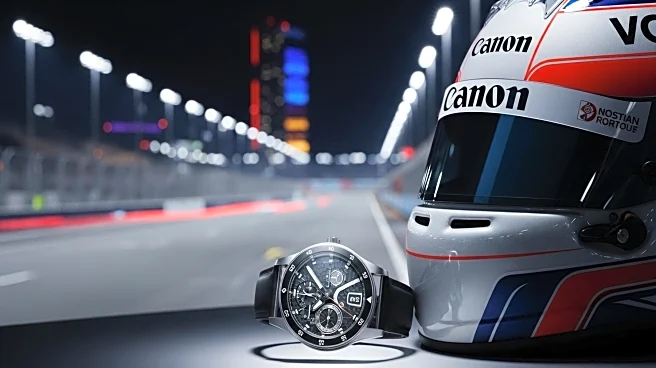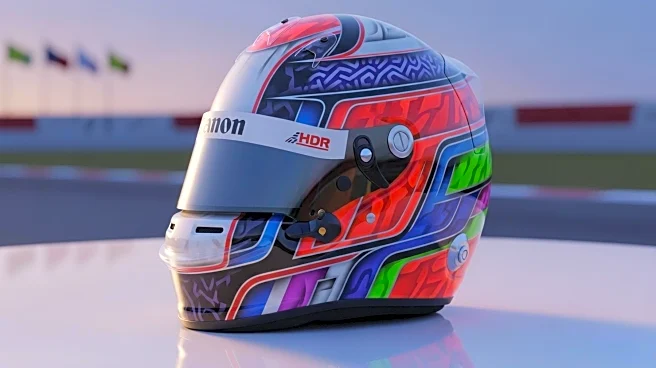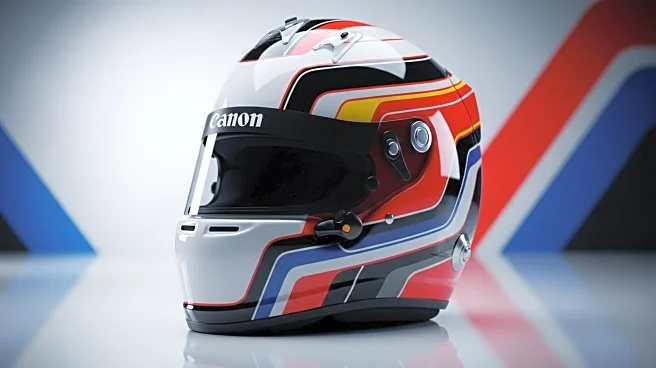What's Happening?
The FIA has announced a significant change to the pit-lane speed limit for the upcoming 2025 Singapore Grand Prix. Traditionally, the pit-lane speed at the Marina Bay circuit has been set at 60kph (37.2 mph) due to the tight surroundings, which pose a risk to team members from potential collisions or flying debris. This lower speed limit has resulted in longer pit stops, discouraging teams from making multiple stops during the race. To address this issue and encourage more strategic variability, the FIA has decided to increase the pit-lane speed limit to 80kph (49.7 mph). This change aims to reduce the time spent in the pit-lane, potentially leading to more dynamic race strategies and reducing the prevalence of one-stop races.
Why It's Important?
The decision to raise the pit-lane speed limit is significant as it could alter the strategic landscape of the Singapore Grand Prix. By reducing the time penalty associated with pit stops, teams may be more inclined to adopt multi-stop strategies, which can lead to more exciting and unpredictable races. This change is part of a broader effort by F1 officials to enhance the spectacle of the sport by increasing strategic diversity. The move could benefit teams with strong pit crews and those adept at tire management, potentially impacting the competitive balance of the race. Additionally, it reflects ongoing efforts to adapt race regulations to improve the overall fan experience and maintain the sport's appeal.
What's Next?
With the new pit-lane speed limit set to take effect, teams will likely need to adjust their race strategies and pit crew operations to capitalize on the potential advantages. This change may also prompt discussions among teams and F1 officials about further regulatory adjustments to enhance race dynamics. As the 2025 Singapore Grand Prix approaches, teams will be closely analyzing data and simulations to optimize their strategies under the new conditions. The impact of this change will be closely monitored, and its success could influence future decisions regarding race regulations at other circuits.

